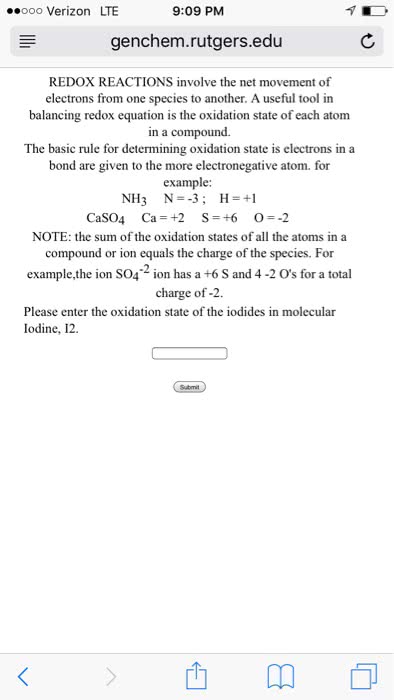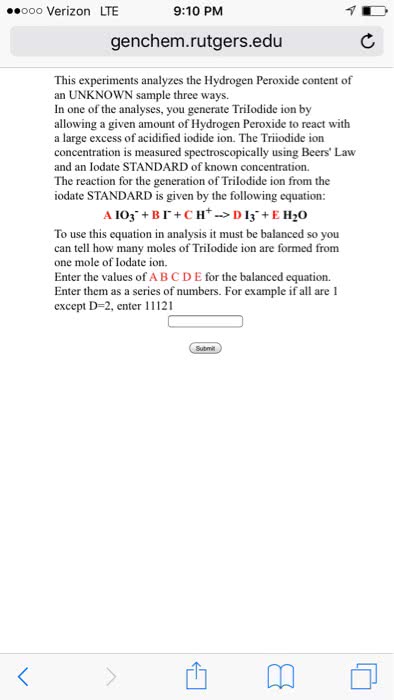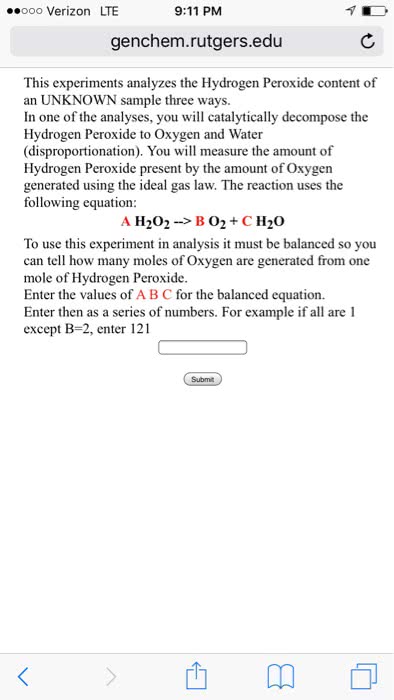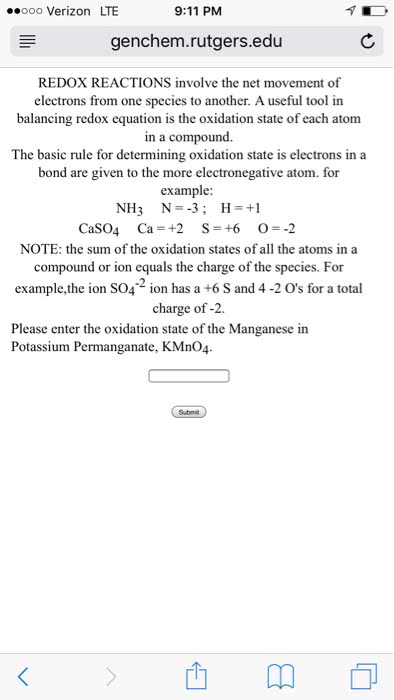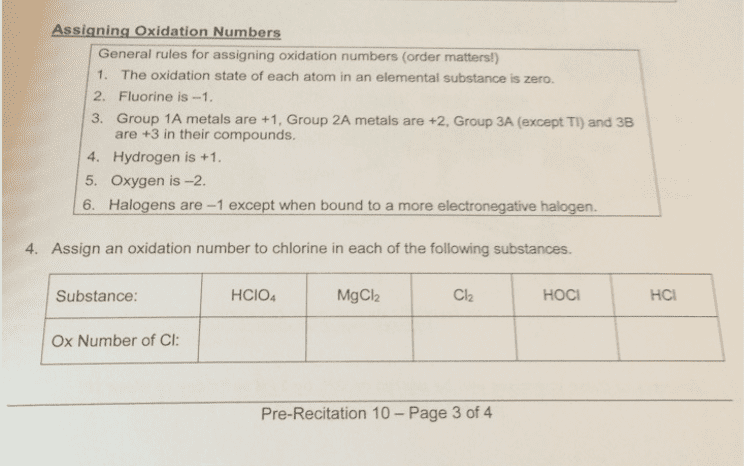Neutral compounds In a neutral compound, the sum of the oxidation states is zero. Note that the sign of the oxidation states and the number of atoms associated with each oxidation state must be considered. In H2O, for example, each hydrogen atom has an oxidation state of +1 and each oxygen atom has an oxidation state of â2 for a total of 2(+1)+(â2)=0.
Part A:
What is the oxidation state of an individual sulfur atom in BaSO4? Express the oxidation state numerically (e.g., +1).
Part B
What is the oxidation state of an individual nitrogen atom in HNO3? Express the oxidation state numerically (e.g., +1).
In an ion, the sum of the oxidation states is equal to the overall ionic charge. Note that the sign of the oxidation states and the number of atoms associated with each oxidation state must be considered. In OHâ, for example, the oxygen atom has an oxidation state of â2 and the hydrogen atom has an oxidation state of +1, for a total of (â2)+(+1)=â1.
Part C:
What is the oxidation state of an individual phosphorus atom in PO33â? Express the oxidation state numerically (e.g., +1).
Part D:
What is the oxidation state of each individual carbon atom in C2O42â?
Neutral compounds In a neutral compound, the sum of the oxidation states is zero. Note that the sign of the oxidation states and the number of atoms associated with each oxidation state must be considered. In H2O, for example, each hydrogen atom has an oxidation state of +1 and each oxygen atom has an oxidation state of â2 for a total of 2(+1)+(â2)=0.
Part A:
What is the oxidation state of an individual sulfur atom in BaSO4? Express the oxidation state numerically (e.g., +1).
Part B
What is the oxidation state of an individual nitrogen atom in HNO3? Express the oxidation state numerically (e.g., +1).
In an ion, the sum of the oxidation states is equal to the overall ionic charge. Note that the sign of the oxidation states and the number of atoms associated with each oxidation state must be considered. In OHâ, for example, the oxygen atom has an oxidation state of â2 and the hydrogen atom has an oxidation state of +1, for a total of (â2)+(+1)=â1.
Part C:
What is the oxidation state of an individual phosphorus atom in PO33â? Express the oxidation state numerically (e.g., +1).
Part D:
What is the oxidation state of each individual carbon atom in C2O42â?

